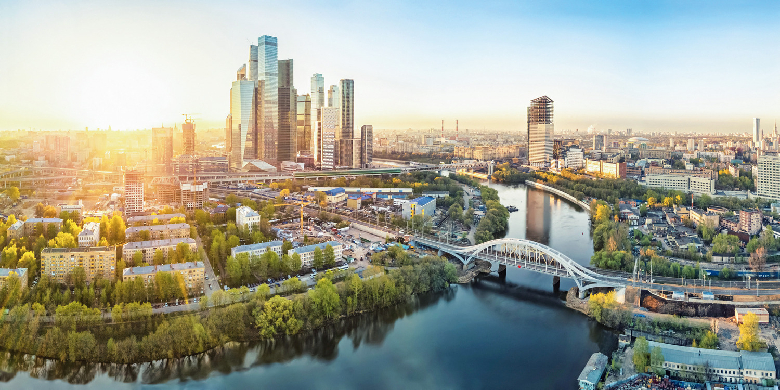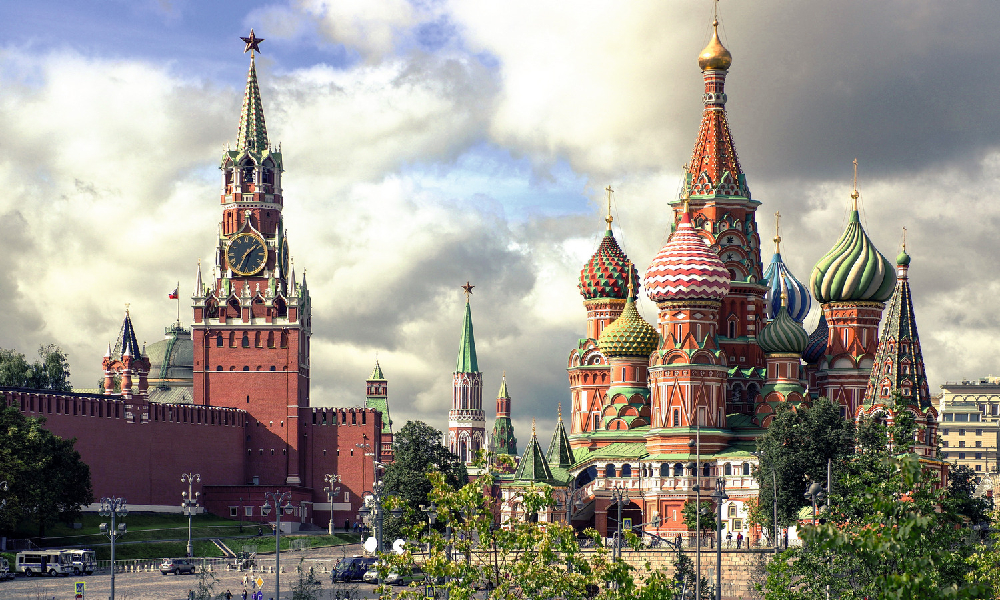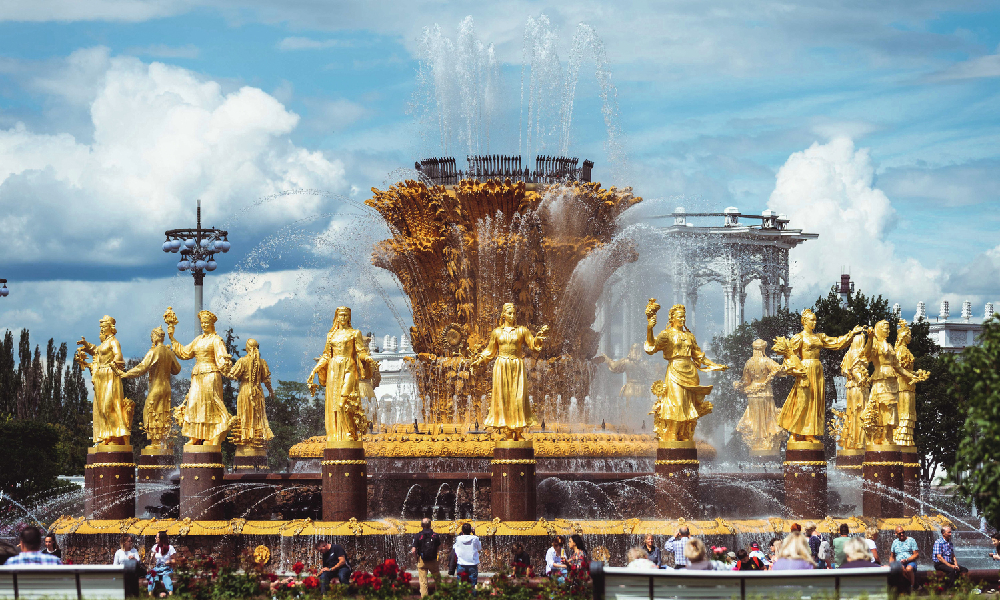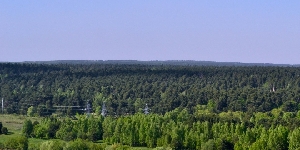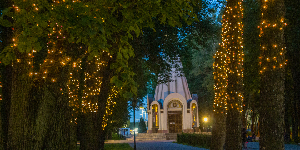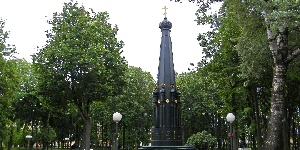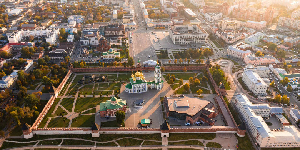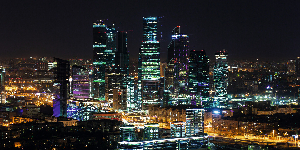Geography. The region is located in the Central Federal District of the Russian Federation, in the central part of the East European (Russian) Plain, in the basin of the Volga, Oka, Klyazma, and Moskva Rivers. It borders the Tver Region in the north and the northwest, the Smolensk Region in the west, the Yaroslavl Region in the northeast, the Vladimir Region in the east, the Ryazan Region in the southeast, the Tula Region in the south, and the Kaluga Region in the southwest.
Climate. The climate is moderately continental with moderately hard winters and warm summers.
Average temperature
- −9°C in the west of the region and −12°C in the east in January
- +18°C in the northwest and +21°C in the southeast in July
Population
Economy. The Moscow Region is a major industrially developed region that contributes significantly to Russia’s economy. The Moscow Region’s industry is very diverse: almost all industries have strong positions in the region, except extraction of mineral resources.
Logistics.
- Railway transport is one of the most popular modes of transport in the Moscow Region. The region is crossed by one of the largest railway lines in Russia − Moscow – Saint Petersburg. Besides, the region has a lot of railway stations providing communication with other cities and regions of Russia.
- Highway transport also plays an important part in the Moscow Region’s life. The region has a well-developed network of highways that connect all cities and population centers.
- The Moscow airport hub consists of four public airports: Sheremetyevo, Vnukovo, Domodedovo, and Bykovo, three of which are international, and is supplemented by the ministerial aerodromes.
- The Moscow water hub has two river boat stations: Severny (Northern) and Yuzhny (Southern) and three river ports: Severny, Yuzhny, and Zapadny (Western) as well as 23 mooring berths.
The popular cities in the Moscow Region are Kolomna, Sergiev Posad, Serpukhov, Zvenigorod, and Khimki.
